1969 General Motors XP-512H
- Story Cars
.png/v1/fill/w_320,h_320/file.jpg)
- 13 hours ago
- 2 min read
The General Motors XP-512H, introduced in 1969, was a remarkable glimpse into the automotive future—one that few could have imagined at the time. As part of a series of four experimental commuter car concepts, the 512H represented GM’s early exploration into hybrid-electric propulsion, decades before such technology became mainstream. The “H” in its name stood for “hybrid,” and the project demonstrated the company’s interest in developing smaller, more efficient vehicles suited for congested urban environments while reducing fuel consumption and emissions.
What made the XP-512H so innovative was its dual powertrain setup. It combined a small 200cc gasoline engine with a DC electric motor, allowing it to operate in three different modes: purely on the combustion engine, fully electric, or a hybrid combination of both. This setup provided drivers with flexibility depending on driving conditions—an idea that would later become the foundation of modern hybrid systems from Toyota, Honda, and GM itself. Even more impressively, the car’s battery pack could be recharged using a standard household 115-volt outlet, foreshadowing the plug-in hybrid and electric vehicle technology that wouldn’t become common for another half-century.
Compact and purpose-built for city travel, the XP-512H featured a lightweight body and minimalist design that emphasized efficiency over luxury. Its small size and focus on practicality reflected GM’s research into the needs of future commuters—people living in increasingly crowded cities who would prioritize ease of parking, maneuverability, and low operating costs. Though the concept never advanced to production, it was a serious engineering experiment rather than just a design showpiece.
None of the XP-512 series cars made it into GM showrooms, but their technical insights proved prophetic. The 512H, in particular, accurately anticipated many of the ideas behind today’s hybrid and electric vehicles: energy recovery, flexible power modes, and plug-in charging. More than fifty years later, GM’s early hybrid experiment stands as a testament to how far ahead its engineers were thinking—and how concepts once considered futuristic would eventually define the direction of modern urban transportation.





































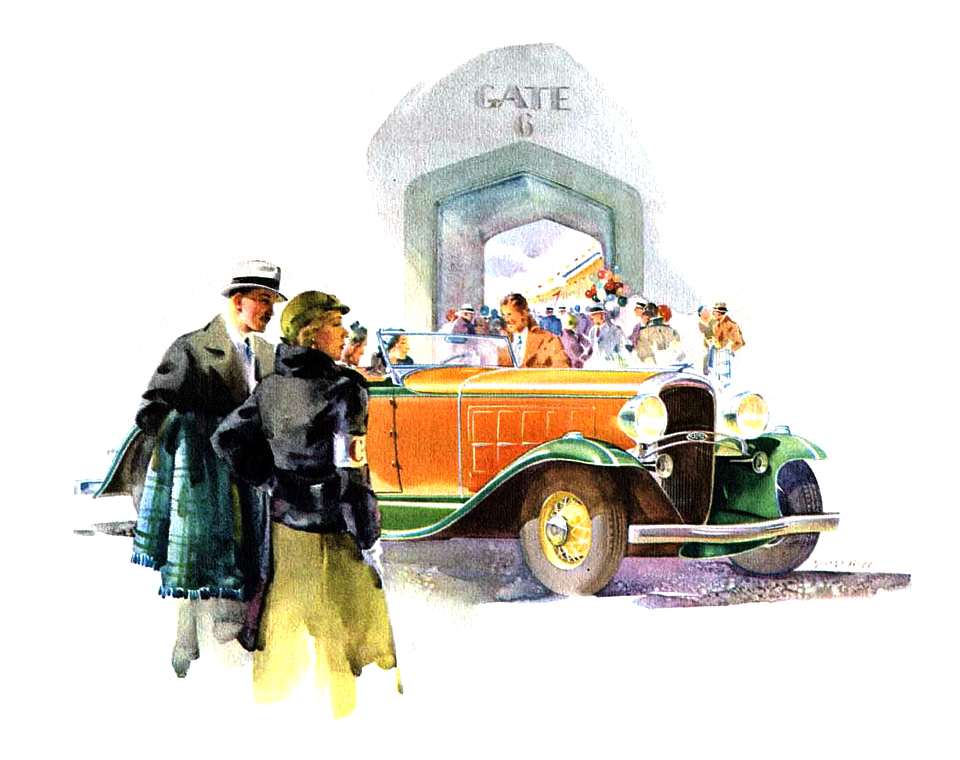








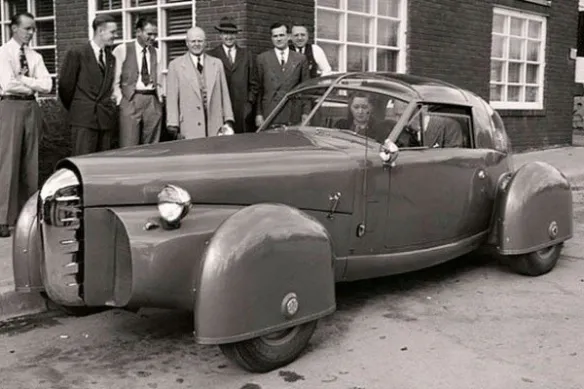



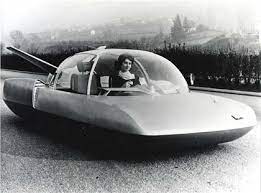

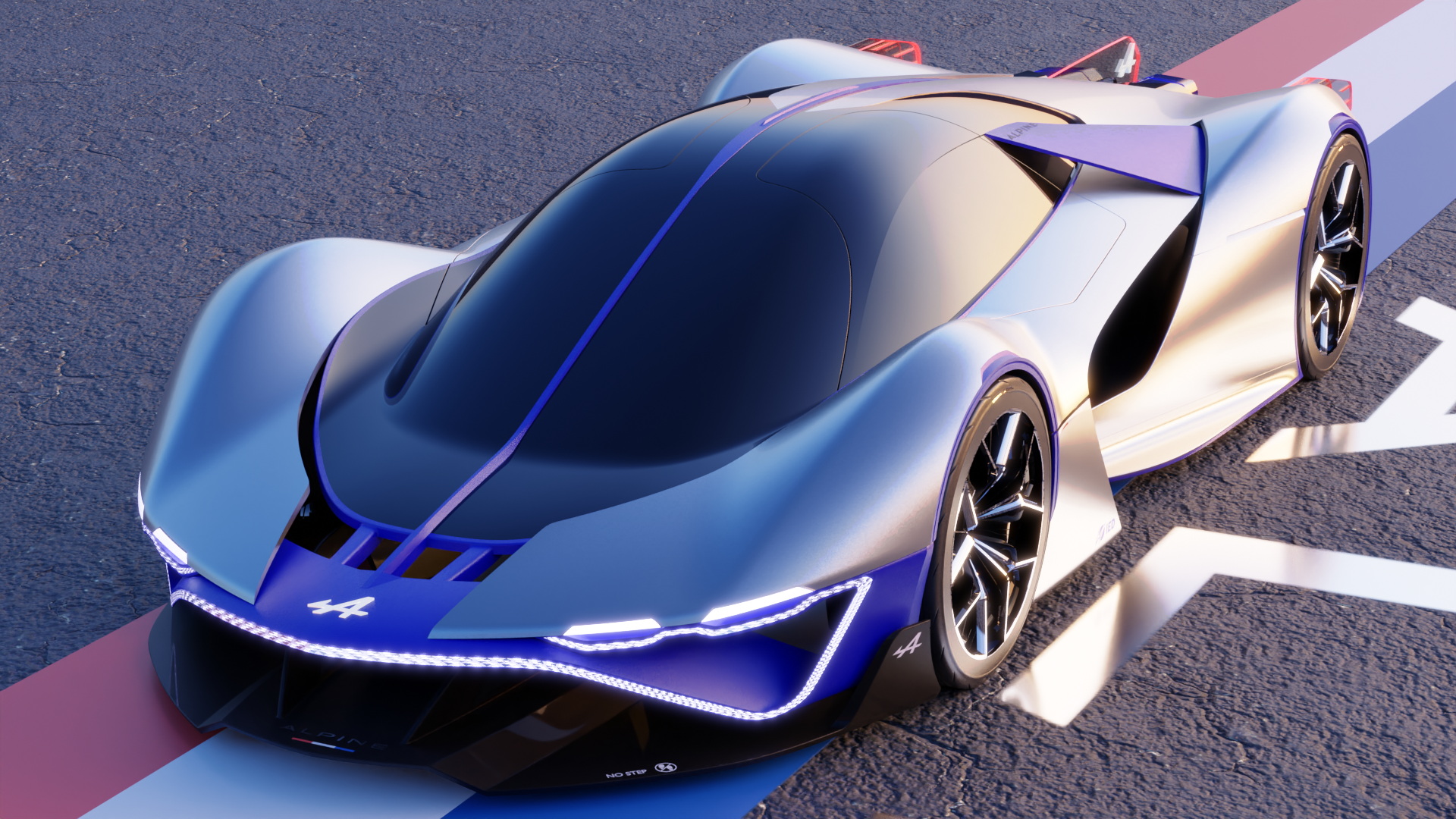
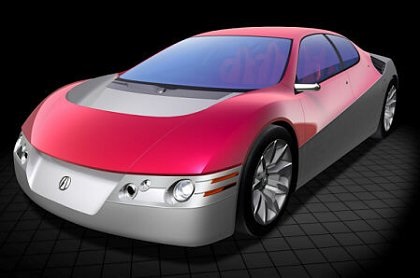


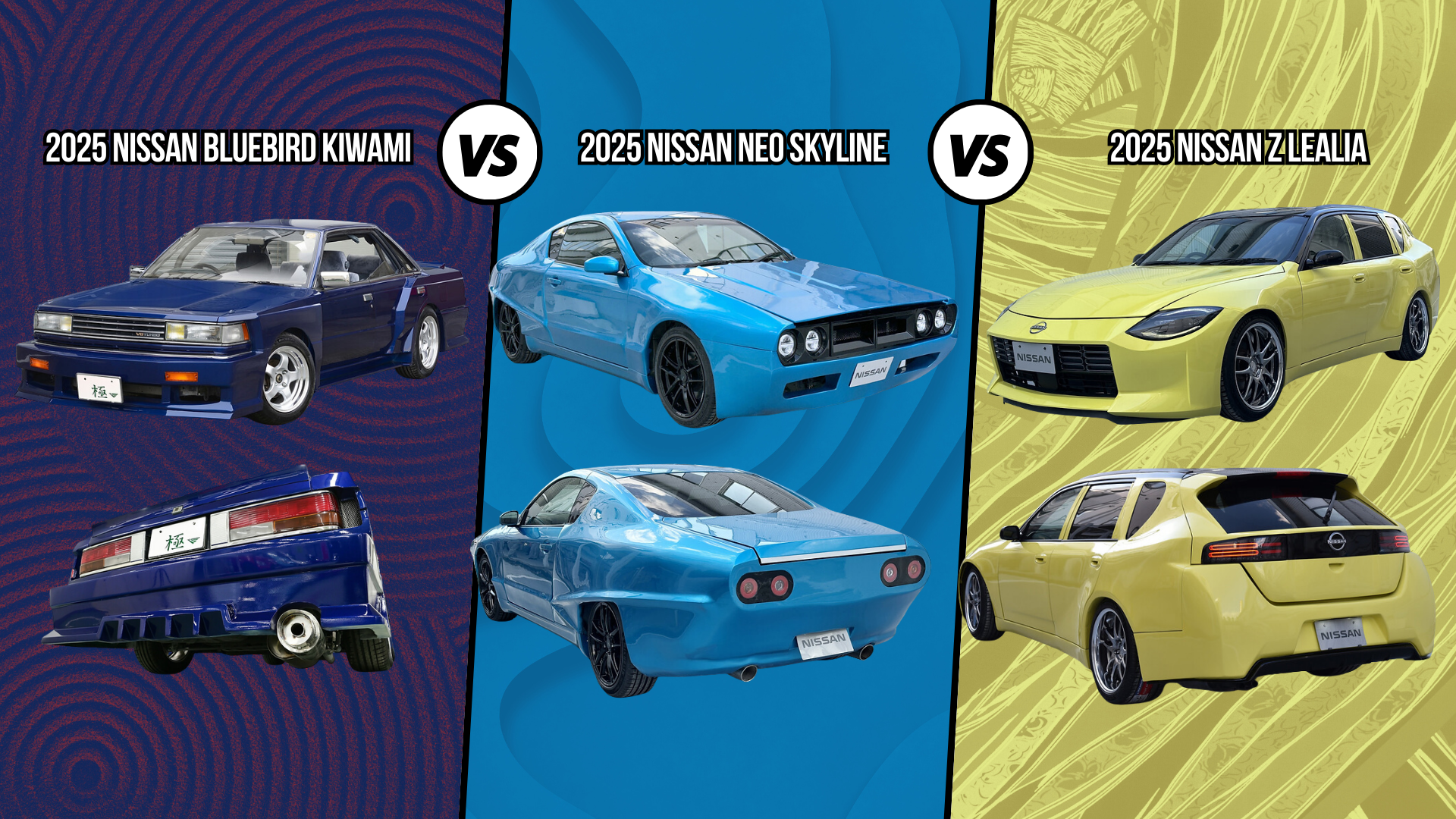

Comments